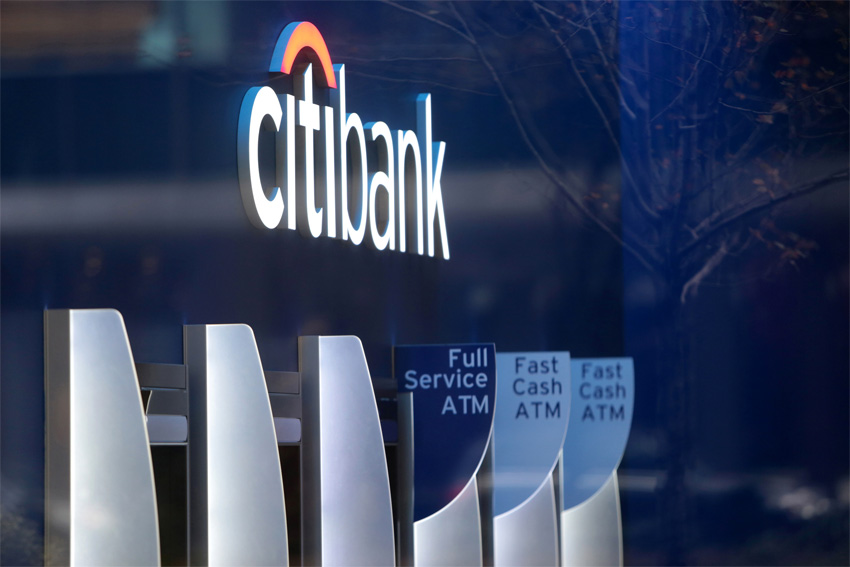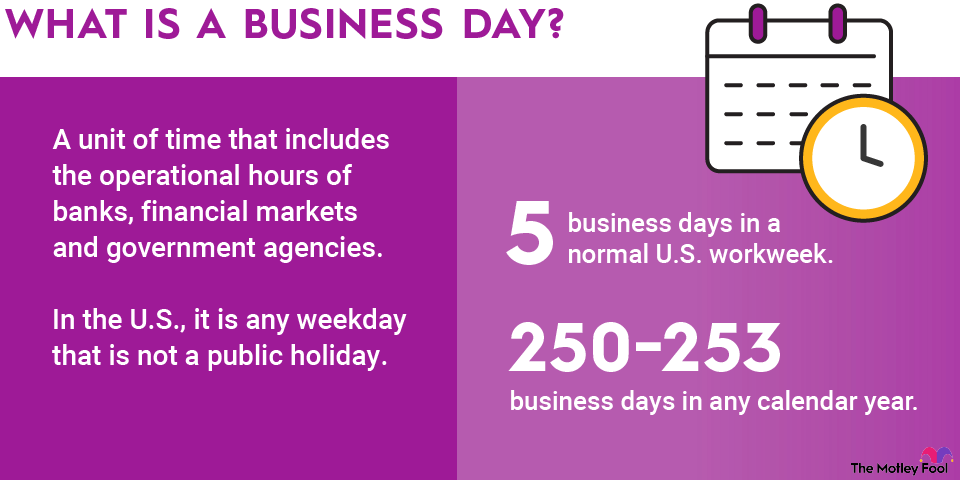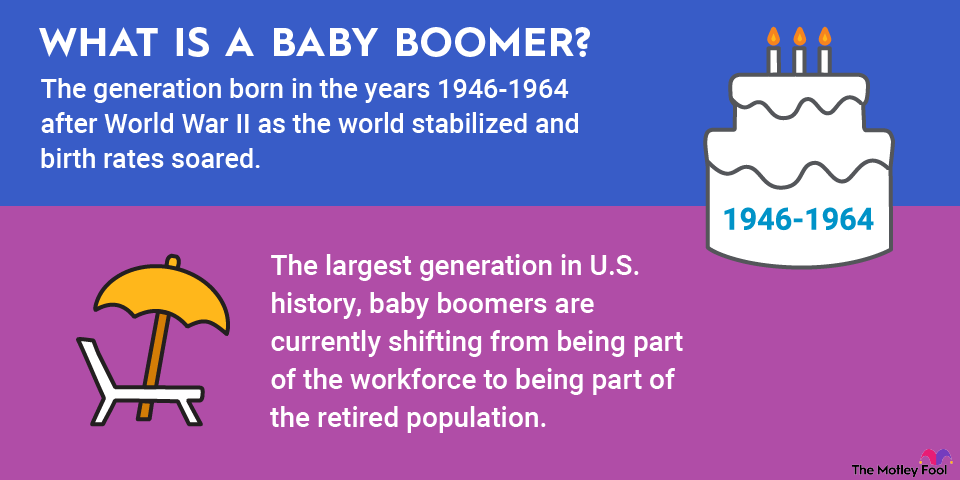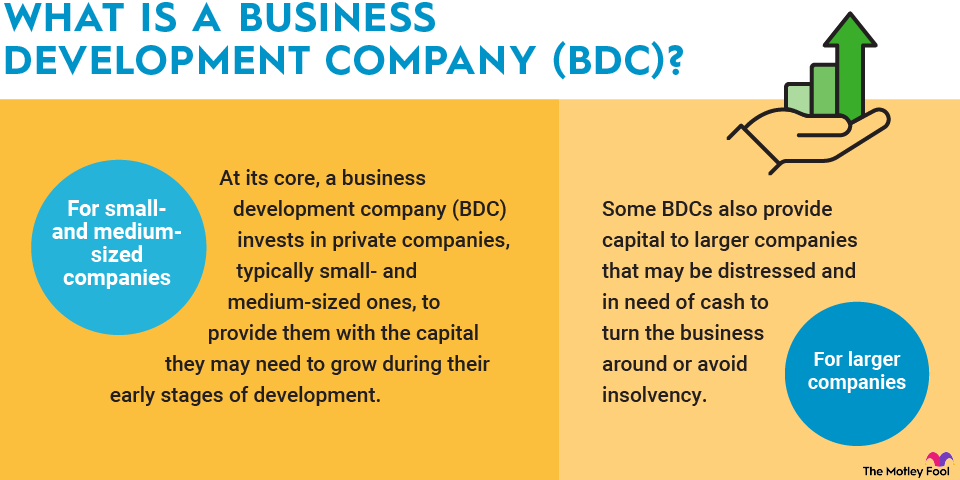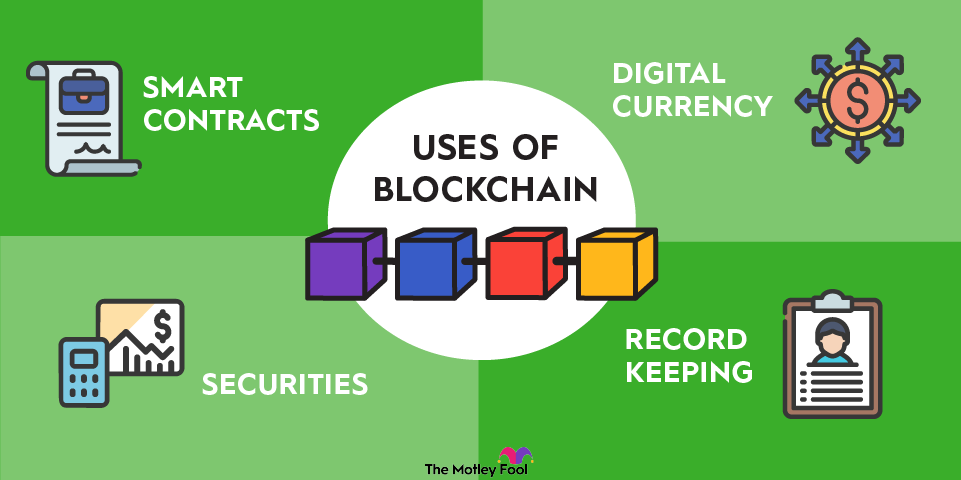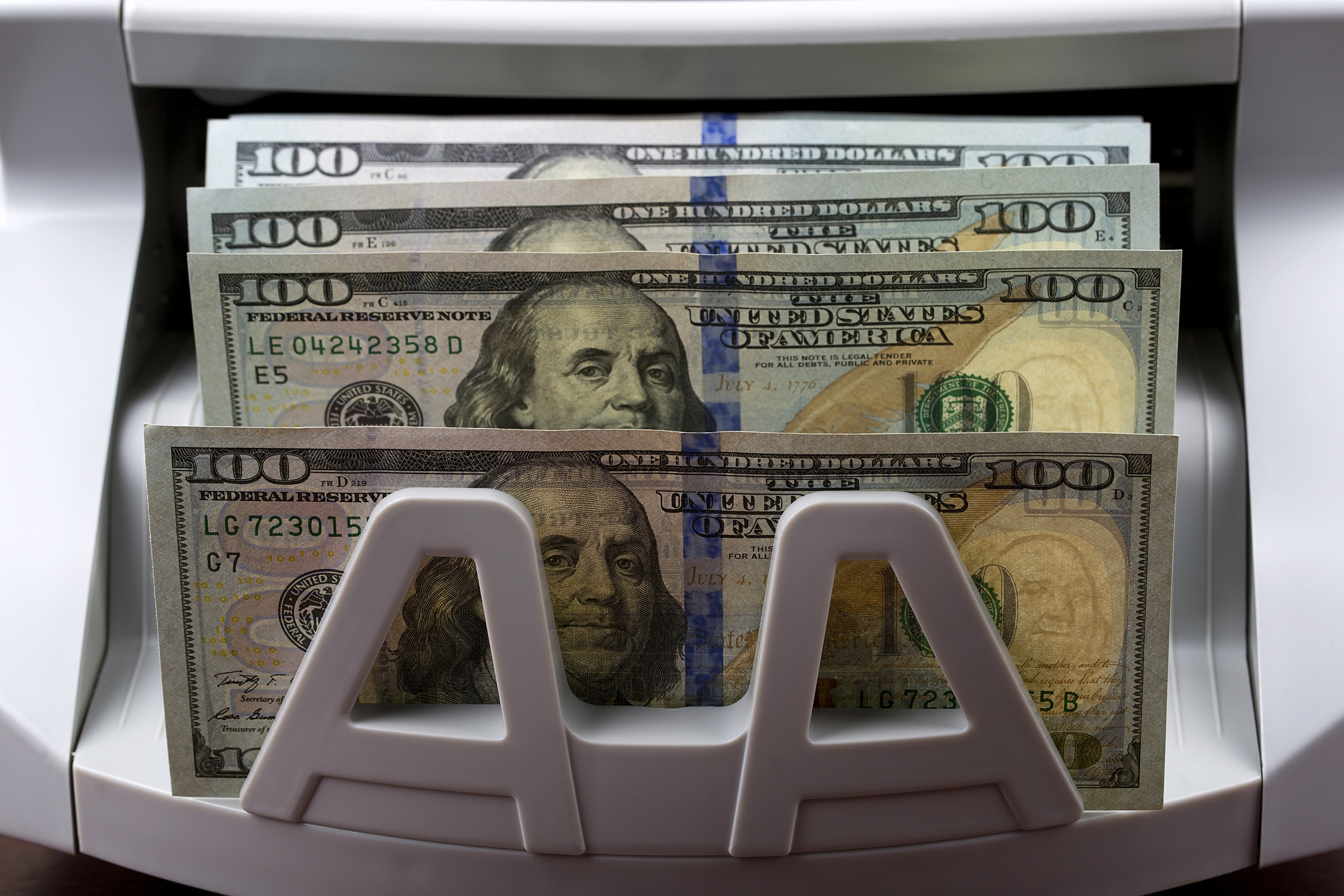What happens when a bank fails?
When a bank fails in the United States, it is taken into receivership by the Federal Deposit Insurance Corporation, or FDIC, which was created in the wake of the Great Depression to restore confidence in banks. The FDIC’s preferred remedy is for a healthy bank to acquire the failed bank, but if there are no immediate buyers, a temporary bank will be established to ensure continuous operations.
From a customer’s point of view, the FDIC insures as much as $250,000 in deposits per person, per institution. Investment assets are separately insured by the Securities Insurance Protection Corporation, or SIPC. Any deposits in excess of $250,000 are technically uninsured but have the first priority to be recouped when the bank’s assets are sold. In practice, however, the government has ensured depositors that all funds deposited in U.S. banks are safe, even in the event of a bank collapse.
Related investing topics

